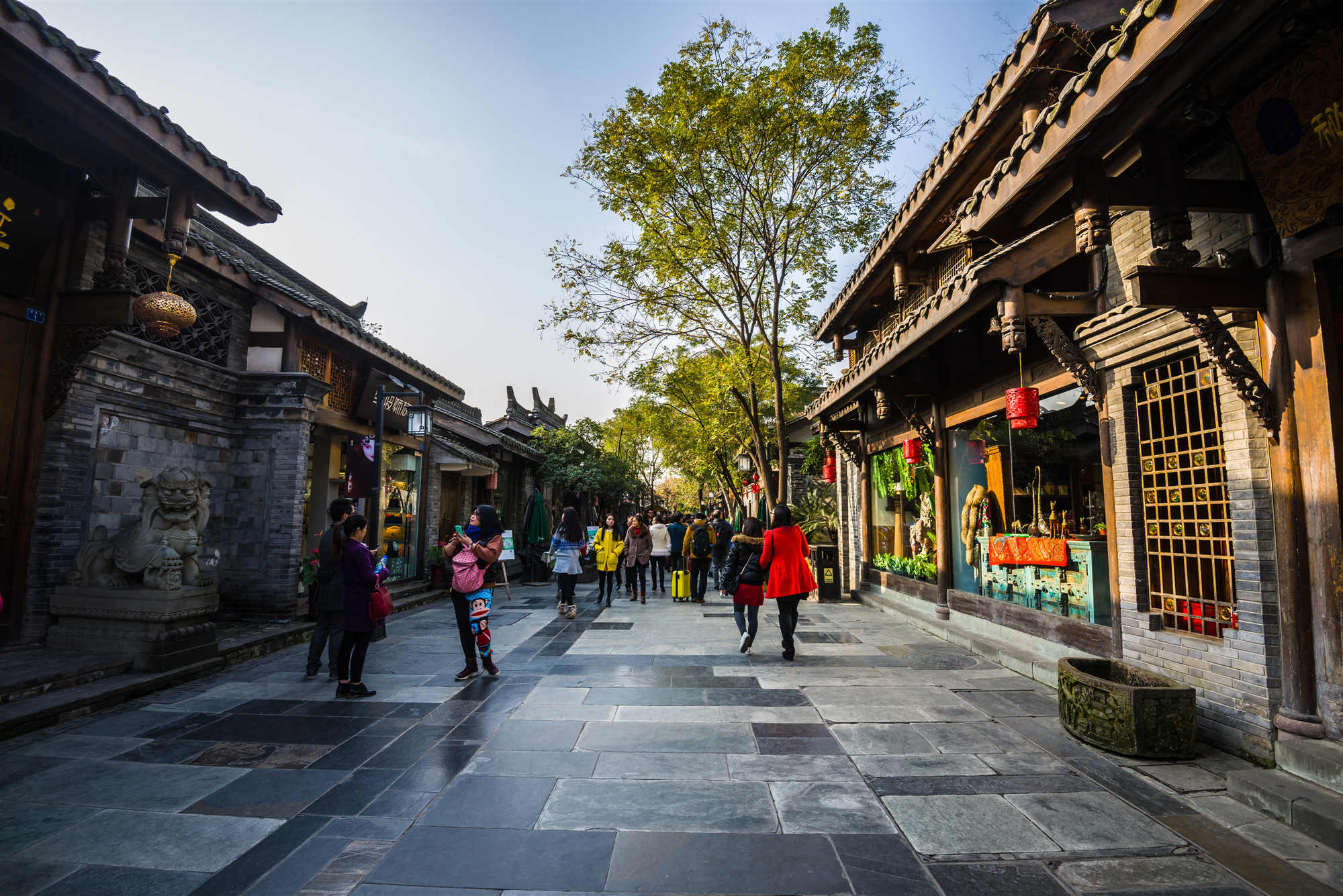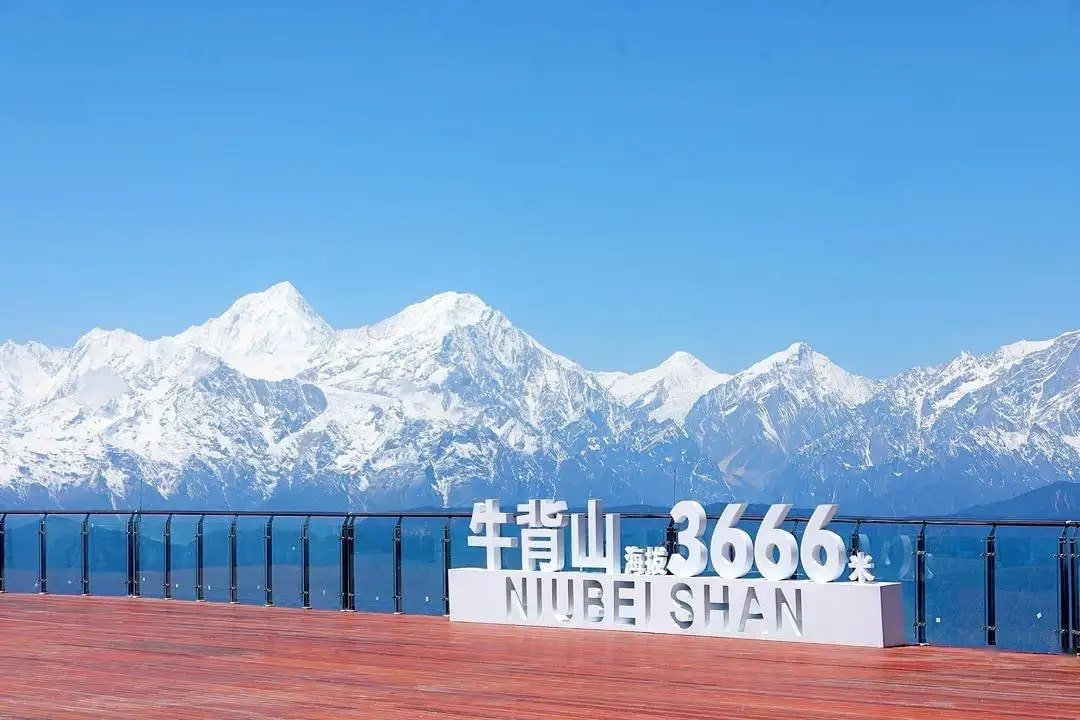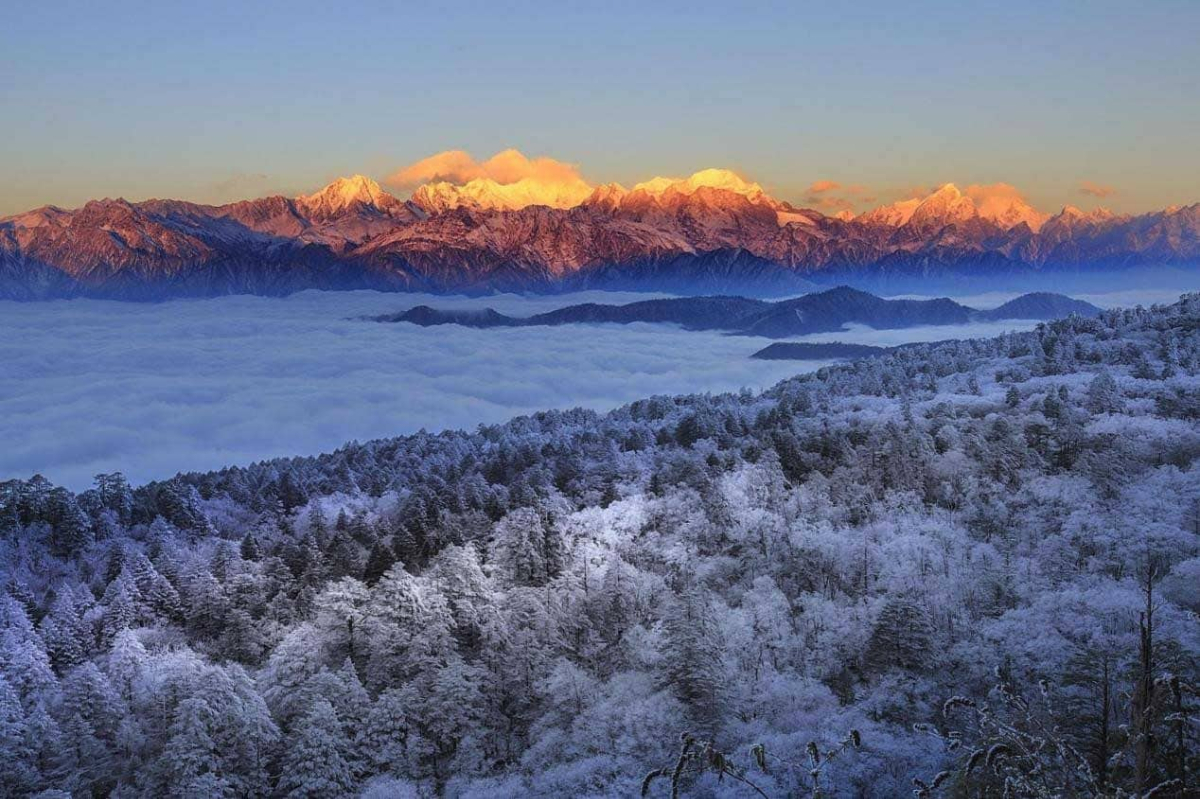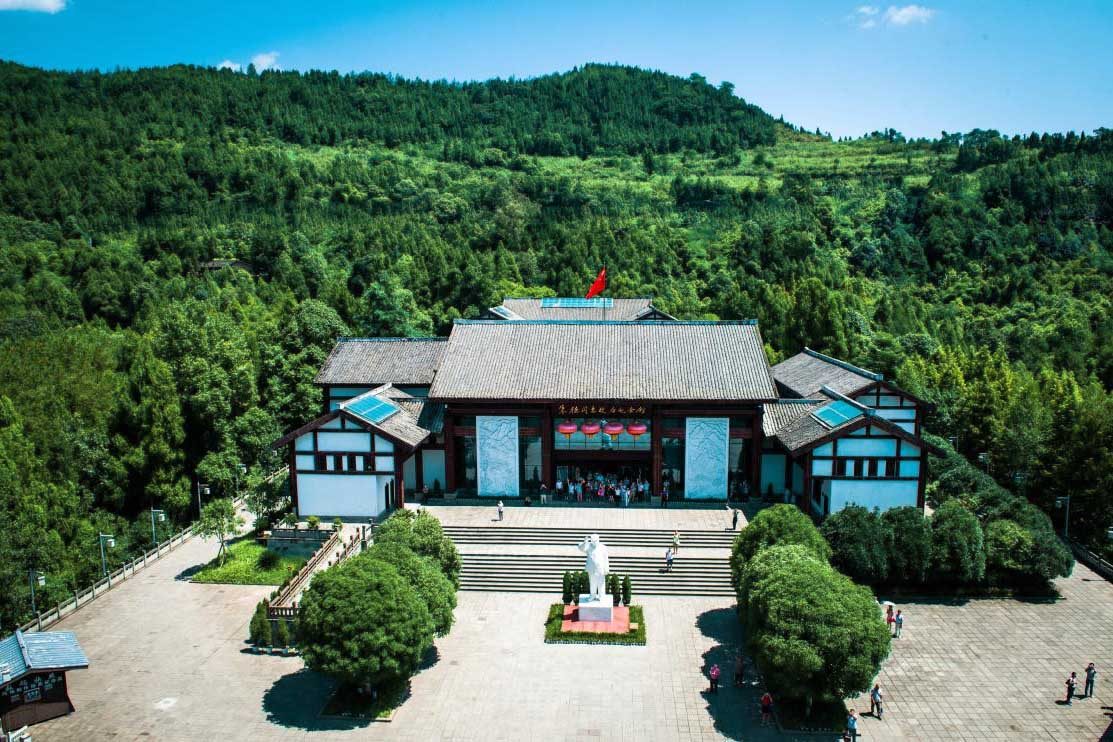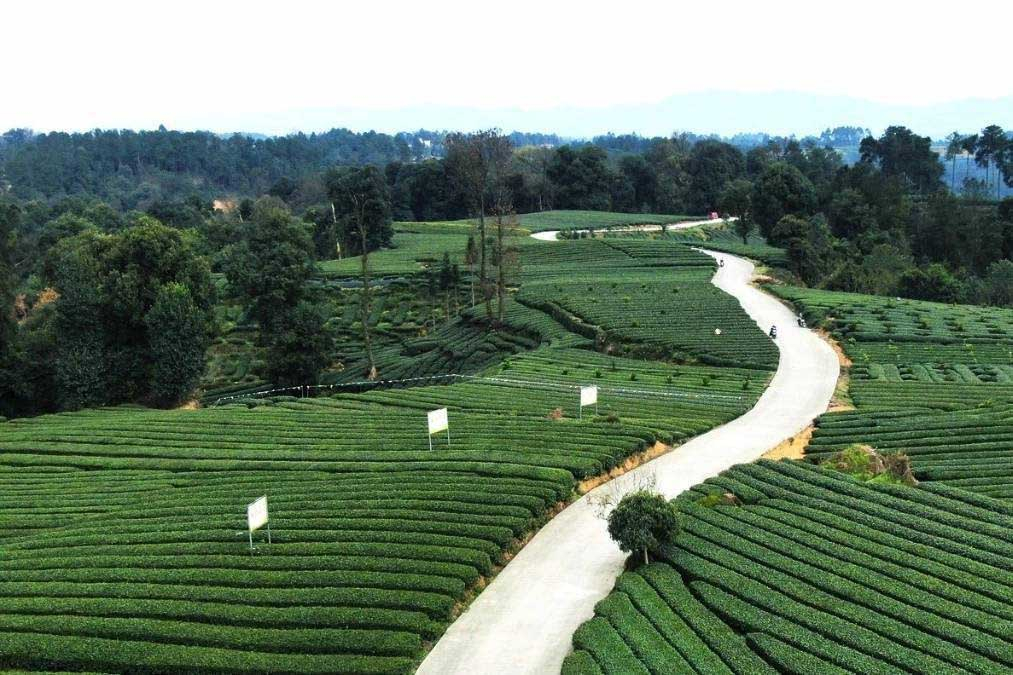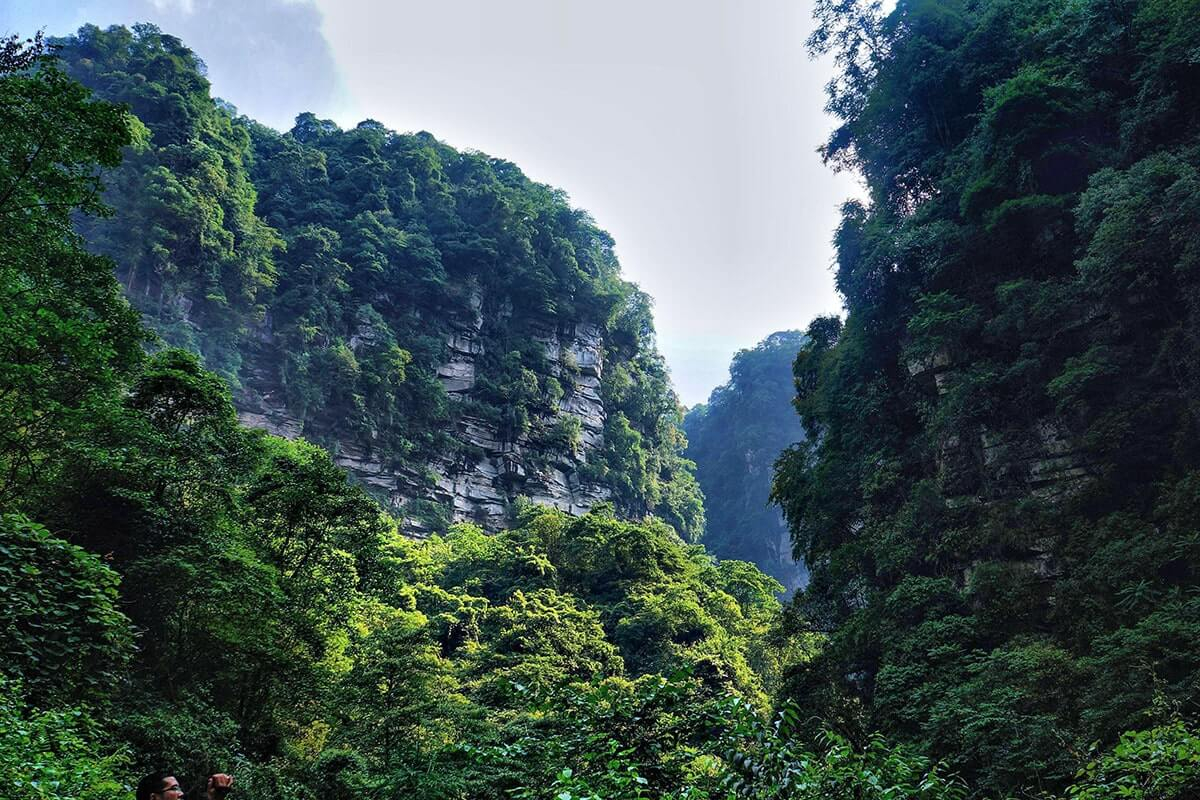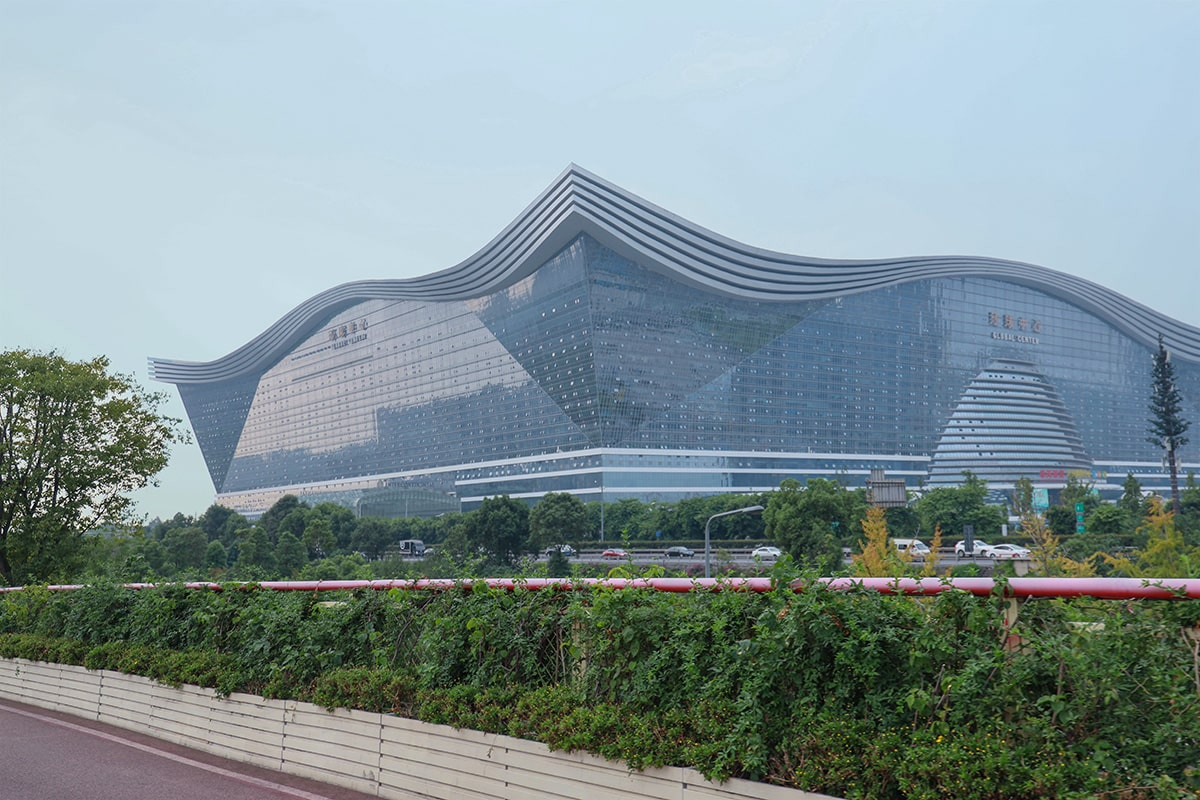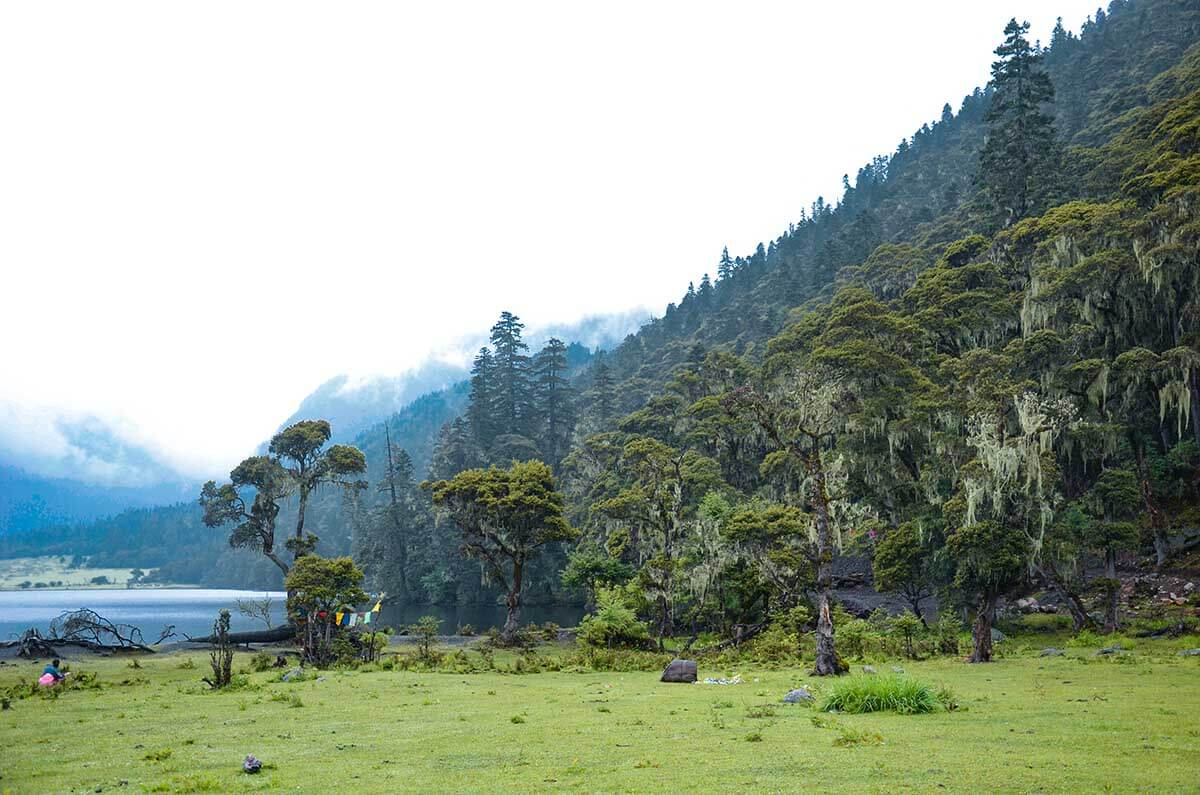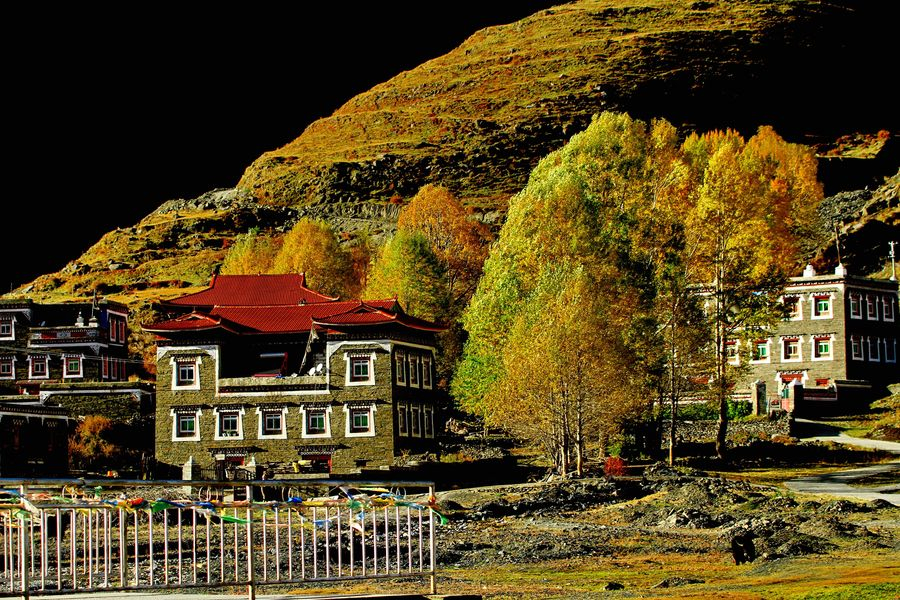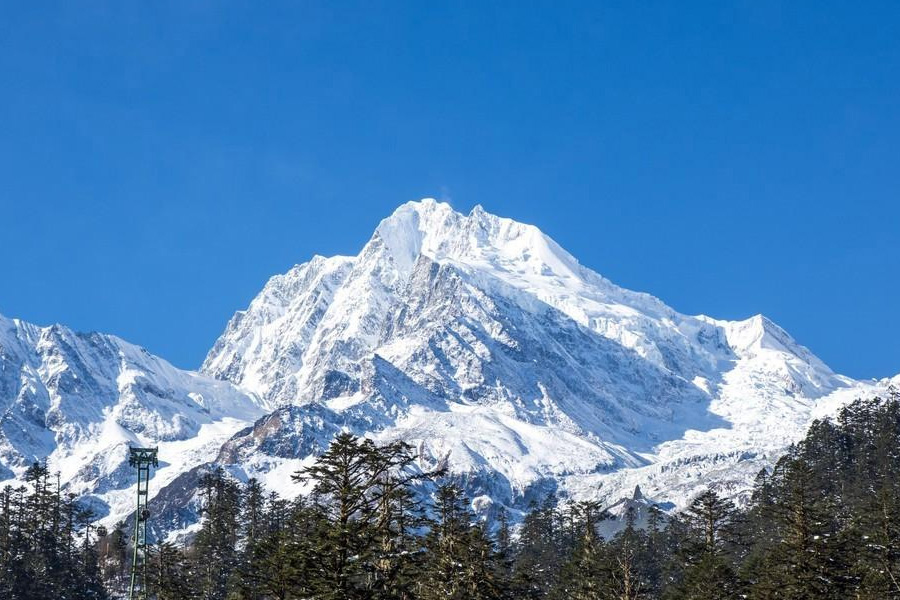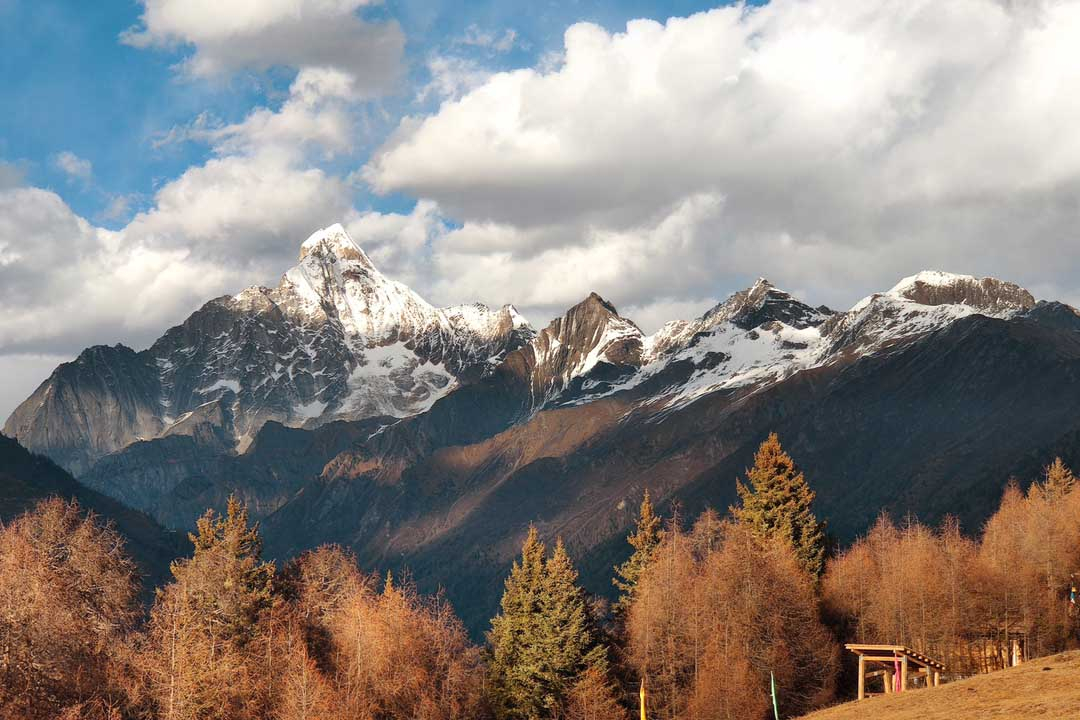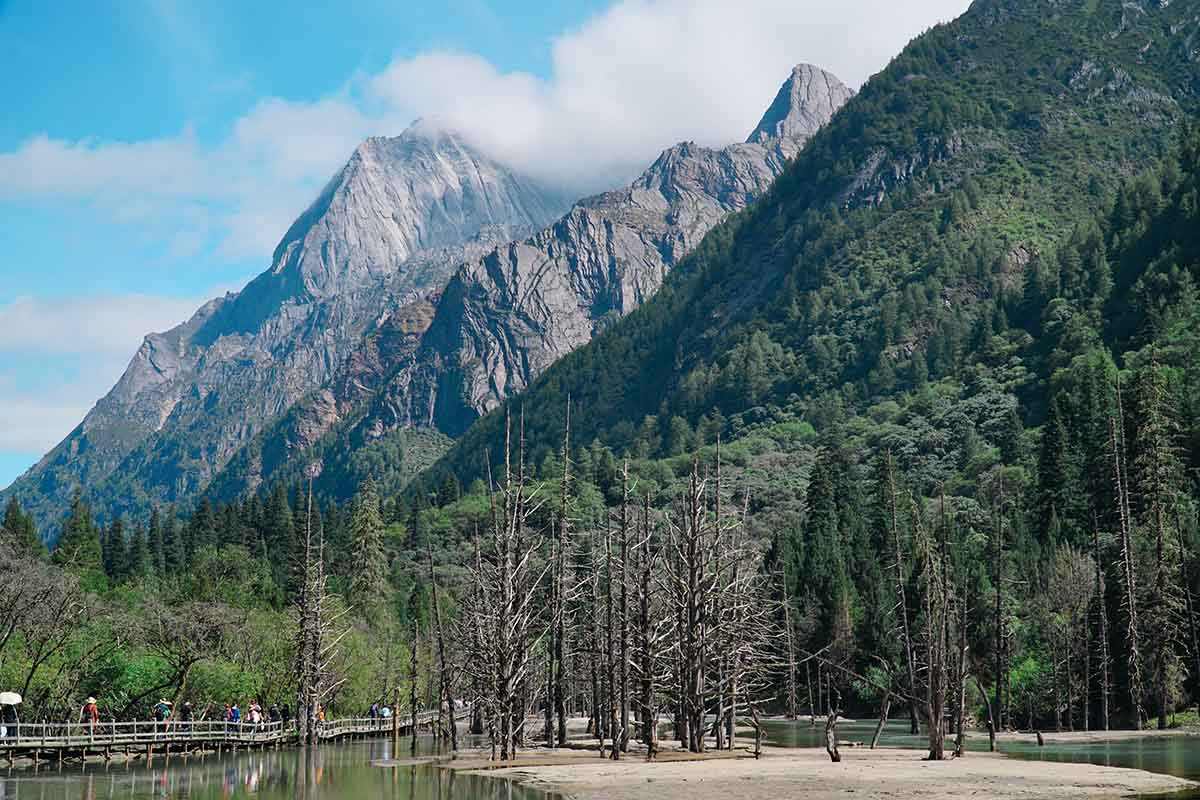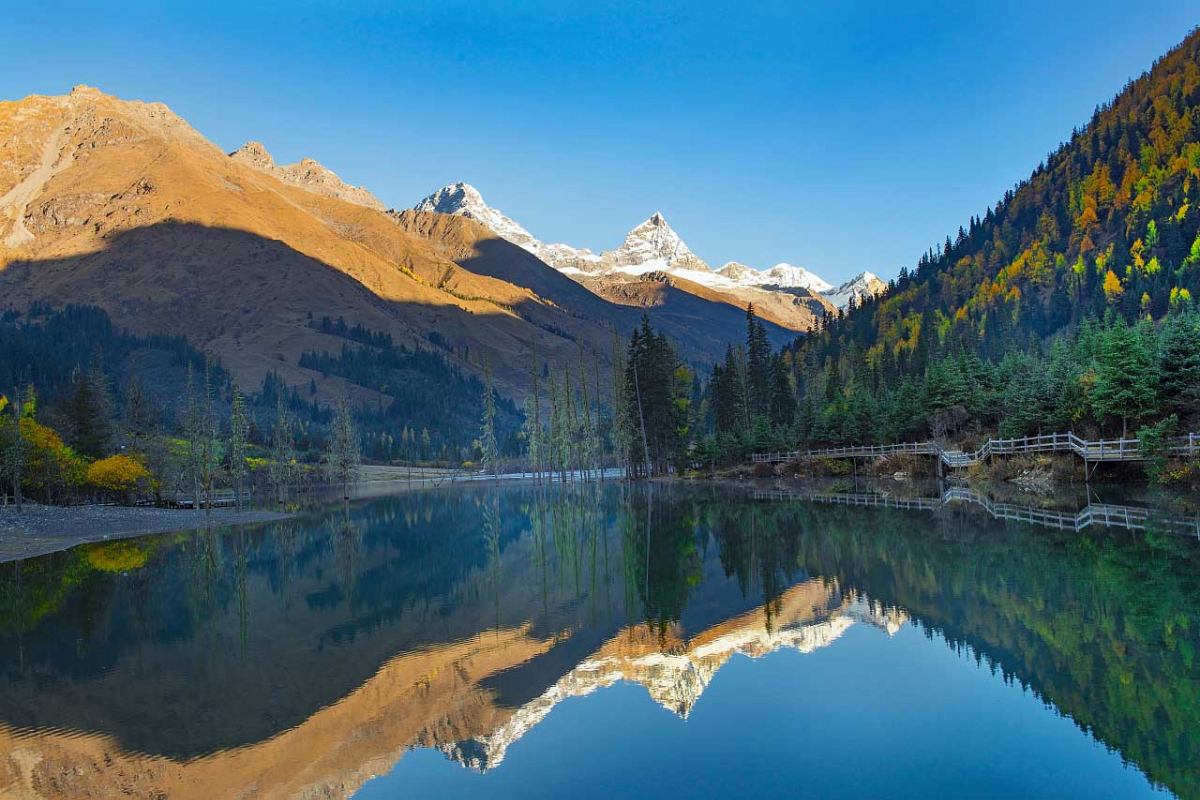Wide and Narrow Alleys
Chinese name: 宽窄巷子(Kuan Zhai Xiang Zi)
Location: Changshun street, Qingyang District, Chengdu, Sichuan Province.
Ticket: Free
Estimated tour time: 1-3 hours
Recommended time to visit: all year round
Nearby attractions: People’s Park, Tai Koo Li, Wuhou Temple, Jinli Street, Qingyang Temple, etc.
Wide&Narrow Alleys is one of the top three historic preserve districts in Chengdu City, the other two are Wenshu Monastery and Daci Monastery.It is formed by three alleys called Kuan Alley (Wide Alley), Zhai Alley (Narrow Alley), and Jing Alley. The major buildings in this site are courtyards and ancient style streets. And now, it is a cultural site consisting of 45 Qing Ming Dynasty style courtyards, modern villas and gardens, as well as theme hostels, the wide and narrow alleys are now bordered with exquisitely decorated tea houses, cafes, boutiques and bookshops. It’is a fusion of tradition and fashionable, business and leisure in the heart of Chengdu.
During the Qing dynasty, the neighborhood was called the Shaocheng area. It housed the Eight Banners of the Manchu -- the administrative and military people for the last imperial dynasty of China. Han people were not allowed in the area. When the dynasty collapsed, the communists took over and moved their people in. Eventually, Shaocheng was given back to the people of Chengdu.
This district had been renovated from 2005 to 2008, about 60% of the buildings have been rebuilt, and 40% were renovated in their original architectural style. This gives the alleys a feeling of chic-ancient. The rebuilt buildings took some liberties, adding some touches that would help them be more commercially appealing -- for example, French style windows.
● Wide Alley — Leisurely Life
The wide alley was called Xingren Lane during the Qing Dynasty (1644–1911), and it is the representative of Chengdu folk culture, with its theme of tradition and leisure. The unique attractive elements include the natives, old lodges, and ancient teahouses, etc, show the modern Chengdu people’s memories about the city’s past.
Featuring boutique hotels, unique restaurants in folk styles, traditional teahouses, taverns and distinctive inns, the alley provides visitors an opportunity to experience the life of old Chengdu.
At night in Wide Alley, visitors also can relish the night snacks and barbecue under old trees, and watch shadow plays, puppet plays and Chinese calligraphy demonstrations.
● Narrow Alley — Slow Life
Walking across the south-north passageway of the wide alley, visitors reach the narrow alley, which was called Taiping Lane during the Qing Dynasty. There is Western food, coffee, retail, and themed culture salons in the courtyards and the long alley. The feature of this alley is the typical slow life of Chengdu natives.
Decorated with an elegant, fashionable ambience of German, Japanese, American, French, and Indian styles, Narrow Alley really reflects the slow life in Chengdu, and is a great place to spend a quiet afternoon.
● Jing (Well) Alley — Modern Life
Jing Alley is close by the wide and narrow alleys. Applying a theme as the new life of Chengdu people, Well Alley is the modern side of Wide and Narrow Alleys. In the Qing Dynasty (1644–1911), it had another name: Ruyi Lane. The facilities here include pubs, nightclubs, dessert shops, wedding site, and retail shops, it's a great place to have a taste of the multicolored modern nightlife.The 400-meter wall with bricks from different dynasties should not be missed.
- HOTEST
- RECOMMEND
